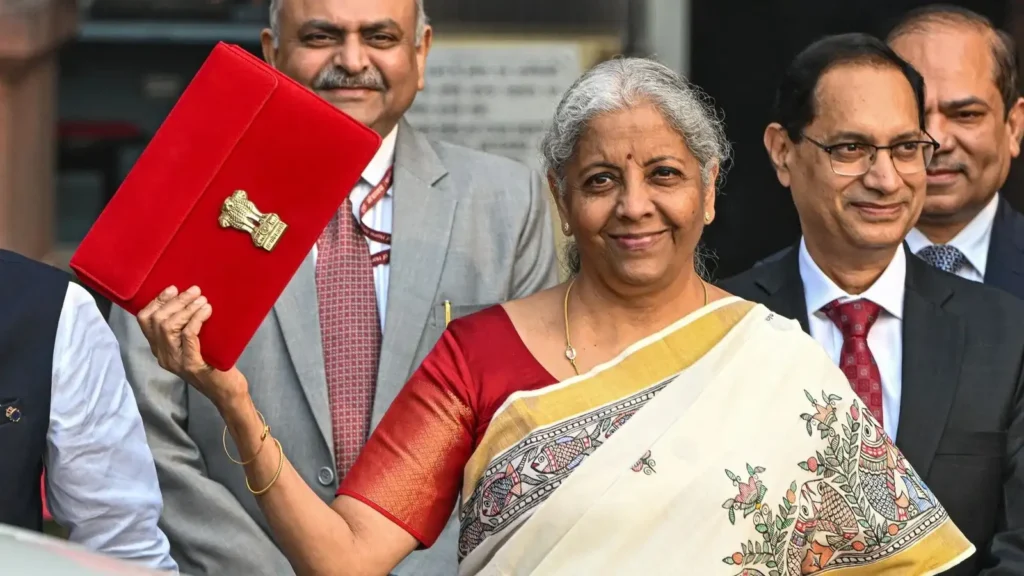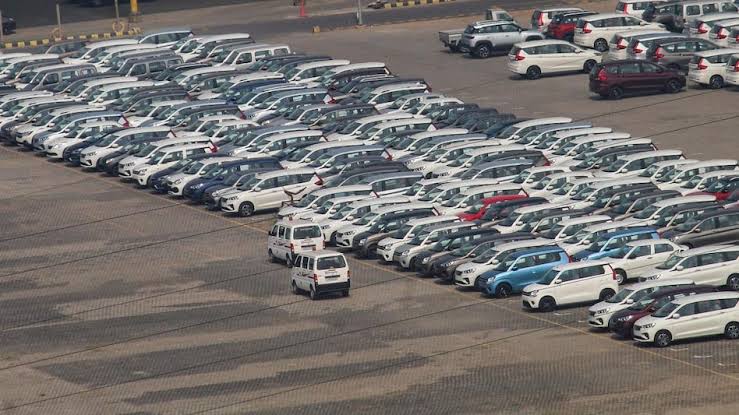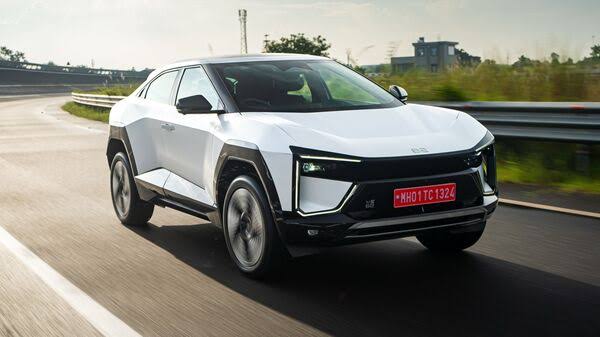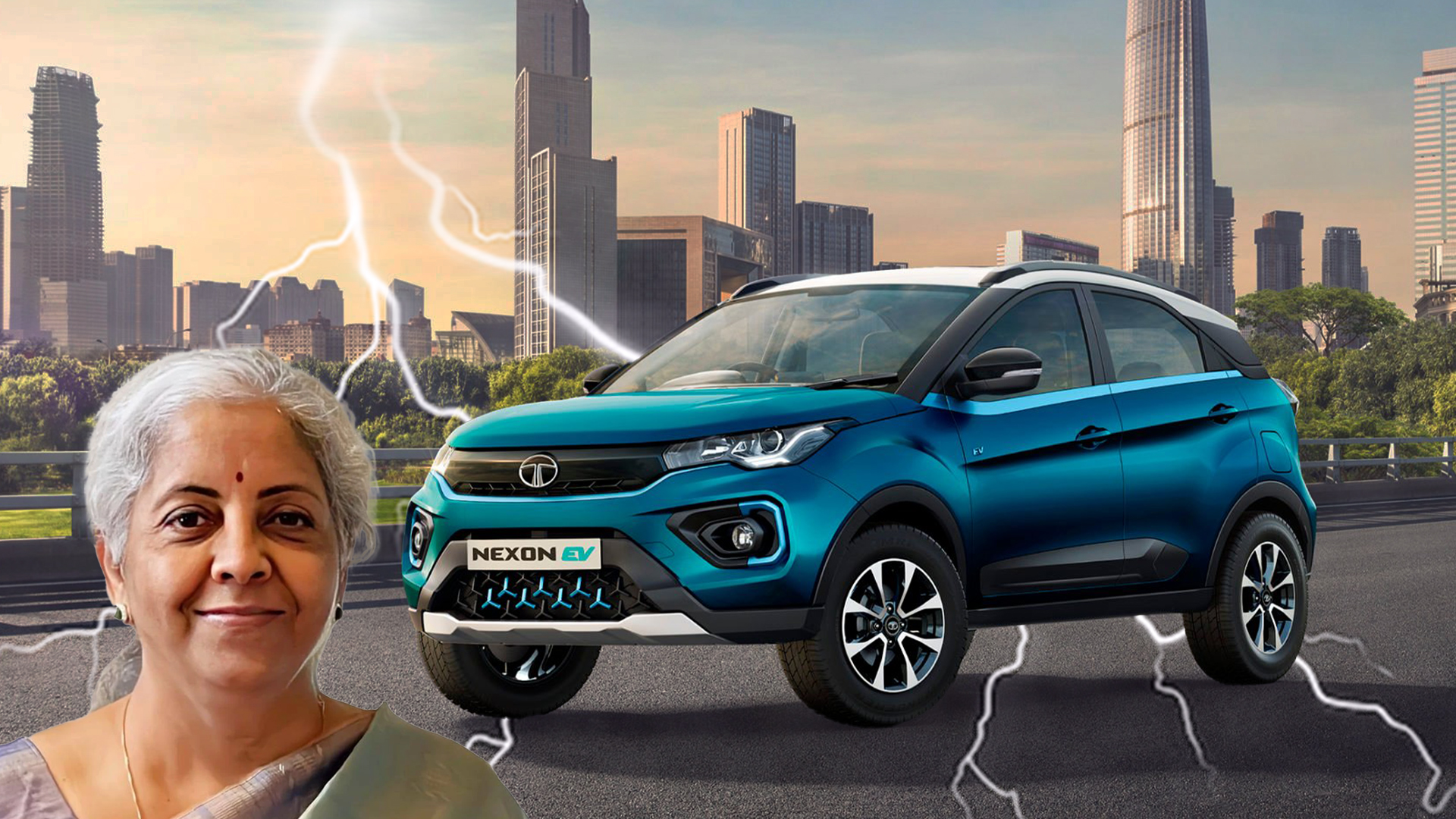The Indian Union Budget 2025, presented by Finance Minister Nirmala Sitharaman, has introduced a series of significant measures that could reshape the country’s automotive landscape. From increased income tax exemptions to EV incentives and manufacturing support, the budget holds promising news for the industry. Here’s a detailed breakdown of how it impacts various segments of the automotive sector.

Higher Disposable Income = Increased Vehicle Sales?
One of the biggest takeaways from the budget is the increase in the income tax exemption limit to ₹12 lakh (₹12.75 lakh for salaried individuals, including the standard deduction). This translates to more disposable income for consumers, which could boost spending on two-wheelers, passenger cars, and even commercial vehicles. With improved purchasing power, automotive manufacturers may see a rise in demand, particularly in the entry-level and mid-range segments.

EV Revolution: Lower Costs, Greater Adoption
The government has doubled down on electric mobility, waiving customs duties on 35 capital goods required for EV battery production. This move is set to lower production costs, making electric vehicles more affordable for Indian consumers. Combined with existing FAME incentives and state-level subsidies, this is expected to accelerate EV adoption across the country.

PLI Scheme: Strengthening Local Manufacturing
The Production Linked Incentive (PLI) scheme is a government-backed initiative aimed at boosting local manufacturing. For 2025, ₹2,819 crore has been allocated to the auto and component sector—a slight reduction from last year’s ₹3,500 crore but still a substantial investment. The PLI scheme focuses on incentivizing the production of electric and hydrogen fuel cell-powered vehicles, fostering innovation, job creation, and a stronger supply chain.

Rural Demand to Get a Push
Rural India plays a crucial role in the country’s auto industry, and the Dhan-Dhaanya Krishi Yojana could be a catalyst for increased vehicle sales in these regions. Enhanced Kisan Credit Card (KCC) limits are expected to boost rural incomes, leading to greater demand for tractors, two-wheelers, and small commercial vehicles. Automakers focusing on rural markets are likely to benefit significantly.

Support for MSMEs in the Auto Sector
Micro, Small, and Medium Enterprises (MSMEs) form the backbone of India’s auto supply chain. The budget’s focus on easier credit access and enhanced credit guarantees will provide much-needed financial support for auto component manufacturers and dealerships. This will help MSMEs scale operations, invest in new technologies, and strengthen the overall automotive ecosystem.
The Road Ahead: A Bright Future for the Auto Industry?
With tax relief, EV incentives, rural market boosts, and manufacturing support, the Union Budget 2025 lays a strong foundation for the future of India’s automotive industry. Whether it’s the increasing accessibility of EVs, the surge in rural demand, or the strengthening of local manufacturing, the sector is poised for a transformative year ahead.








